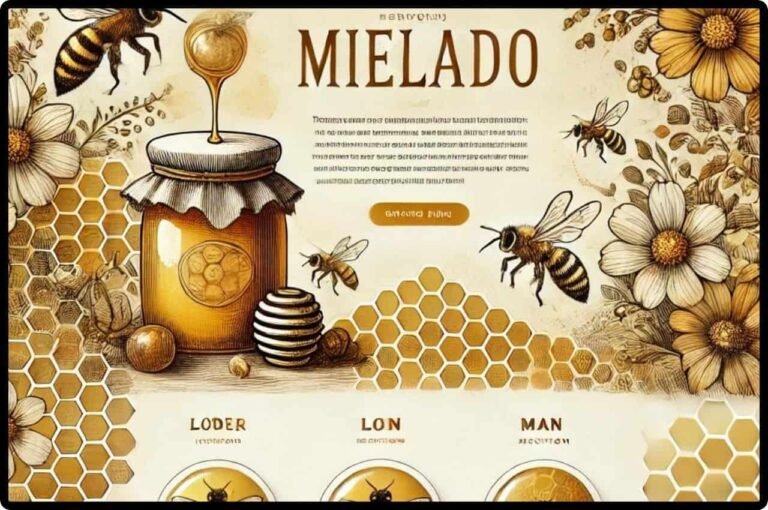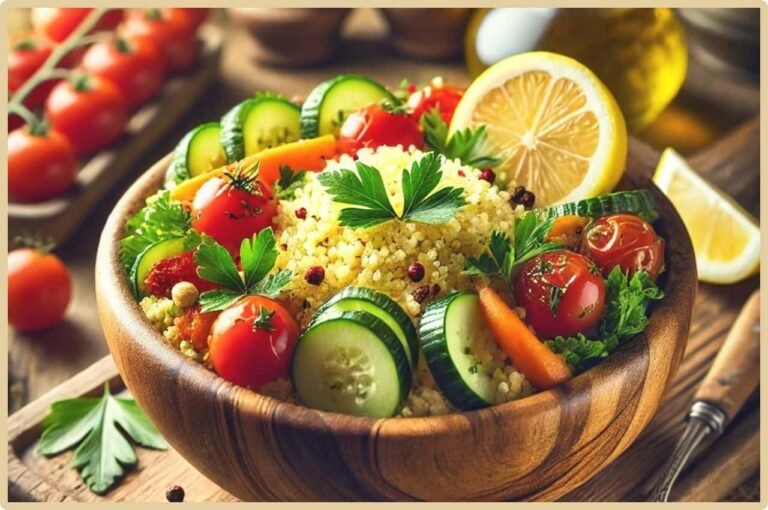Exploring Kanikama: The Flavorful World of Imitation Crab
Introduction to Kanikama
Regarding Japanese cuisine, kanikama, or imitation crab, is one of the most popular ingredients in sushi, salads, and other seafood dishes. This beloved staple captures the essence of crab’s delicate flavor and texture, making it a go-to option for those seeking a delicious yet affordable alternative.
Whether new to kanikama or a long-time fan, this article delves into the origins, nutritional aspects, culinary applications, and creative ways to enjoy this versatile ingredient at home.
From its fascinating history to its growing global appeal, let’s explore why kanikama has become a must-have in kitchens worldwide.
What is Kanikama?
Origin and Development
Kanikama, also known as imitation crab or “surimi,” originated in Japan in the early 1970s. In Japanese, “kani” means crab, and “kamaboko” refers to processed fish products. This inventive ingredient was developed by Japanese seafood companies aiming to create an affordable substitute for real crab meat while delivering a similar taste and texture.
The process involves grinding white fish, typically pollock, into a paste. Seasonings, flavorings, and sometimes starch are added to enhance the flavor and texture. The mixture is then shaped, steamed, and colored to mimic the appearance of real crab meat, including the distinct red and white color. Over the years, kanikama has gained popularity worldwide as a low-cost, versatile, and tasty option in traditional and fusion cuisines.
The Appeal of Imitation Crab
The success of kanikama lies in its ability to replicate the flavor and feel of real crab meat while remaining accessible to a broader audience. While some seafood purists may prefer fresh crab, kanikama offers a sustainable and allergy-friendly option. It has become an iconic ingredient in Western sushi rolls like the California roll, seafood salads, soups, and even as a stand-alone snack.
Nutritional Benefits of Kanikama
Calorie-Friendly and High in Protein
One reason kanikama is favored by health-conscious consumers is its low calorie count. A standard 3-ounce serving contains approximately 80-90 calories, making it ideal for those looking to cut calories without sacrificing flavor.
In addition to being low in calories, kanikama is high in protein. Each serving provides around 7-9 grams of protein, which helps in muscle maintenance, satiety, and overall energy levels. However, it is essential to note that kanikama contains lower protein levels than actual crab, so it’s best enjoyed as part of a balanced diet.
Low in Fat and Cholesterol
Kanikama is low in fat and cholesterol, making it suitable for individuals following low-fat diets. The lack of saturated fat helps keep heart health in check, especially when enjoyed as part of a balanced diet. Unlike real crab, which is naturally rich in omega-3 fatty acids, kanikama typically lacks these beneficial fats due to its manufacturing process. However, it still makes a healthy alternative for those who manage cholesterol and fat intake.
Nutritional Cautions
While kanikama offers many health benefits, there are a few aspects to remember. Some brands use additives like sugar, starch, and flavor enhancers to mimic the taste and texture of real crab, which can contribute to added calories and sodium levels. Additionally, those with gluten sensitivities should verify that their kanikama product is gluten-free, as some brands may include wheat-based ingredients.
Cooking with Kanikama: Delicious and Easy Recipe Ideas
Sushi and Sashimi
Kanikama’s mild flavor and tender texture make it a popular ingredient in sushi rolls, especially in California. It also works well in hand rolls, maki, and temaki sushi. Here’s a simple sushi roll idea to try at home:
- California Roll Ingredients: Nori (seaweed sheets), sushi rice, kanikama sticks, cucumber, and avocado.
- Instructions: Spread sushi rice on a nori sheet, add kanikama, cucumber, and avocado in the center, and roll it up. Slice and serve with soy sauce and wasabi for an authentic sushi experience.
Seafood Salads and Wraps
Kanikama adds a delightful seafood taste to salads, making it a favorite in seafood salads. For a refreshing salad, you can toss it with lettuce, cucumber, avocado, and a light vinaigrette. Alternatively, use it in wraps for a quick, satisfying meal:
- Kanikama Salad Wrap Ingredients: Kanikama sticks, mixed greens, diced cucumber, sliced bell pepper, and your choice of dressing.
- Instructions: Shred the kanikama, mix it with greens and veggies, drizzle with dressing, and wrap it in a tortilla or lettuce leaf.
Kanikama Miso Soup
Add a few pieces of kanikama to your miso soup for a richer flavor profile. This dish is warm, comforting, and easy to prepare:
- Ingredients: Miso paste, dashi (Japanese soup stock), tofu cubes, green onions, and kanikama.
- Instructions: Heat dashi, add miso paste, stir well, and add tofu, kanikama, and green onions. Serve hot.
Creative Fusion Dishes
Kanikama can also be used in fusion dishes that mix Japanese flavors with other cuisines:
- Kanikama Sushi Pizza: Use sushi rice as a pizza base, topped with shredded kanikama, spicy mayo, avocado, and seaweed strips.
- Kanikama Quesadillas: Fill tortillas with kanikama, shredded cheese, and sliced bell peppers, then toast them until crispy.
These unique dishes showcase the versatility of kanikama, making it an exciting ingredient to experiment with in the kitchen.
Frequently Asked Questions (FAQs)
Is kanikama a healthy alternative to real crab?
Yes, kanikama is generally considered a healthy alternative to crab, especially for those on a low-calorie or low-fat diet. However, it may lack some nutrients in real crab, like omega-3 fatty acids, so it’s best to consume it as part of a varied diet.
Can I eat kanikama if I have seafood allergies?
Although kanikama is made from fish, it is processed to reduce its allergenic potential. However, those with severe seafood allergies should consult a doctor before consuming kanikama.
Is kanikama gluten-free?
Some kanikama products contain gluten due to additives like wheat starch, so you must check the label for gluten-free certification if you have dietary restrictions.
How long does kanikama last in the refrigerator?
Unopened kanikama can last up to two weeks in the refrigerator. It should be consumed within three to four days after opening for optimal freshness.
What’s the difference between kanikama and surimi?
Surimi refers to the fish paste that serves as the base for kanikama. Kanikama is a product made from surimi shaped and flavored to mimic crab meat.
Can kanikama be used in hot dishes?
Yes, kanikama works well in hot dishes like soups, casseroles, and pasta. Its texture holds up well when cooked, making it versatile for hot and cold dishes.
Conclusion
Kanikama, or imitation crab, has come a long way from its beginnings as a low-cost substitute. Today, it’s enjoyed in cuisines worldwide, offering a flavorful, accessible, and healthy alternative to real crab. Whether used in sushi, salads, or innovative fusion dishes, kanikama adds a delicious seafood touch without breaking the bank. Its nutritional profile, low calorie, and fat content make it a favorite among health-conscious food lovers.
By incorporating kanikama into your meals, you can enjoy the taste of the ocean in a budget-friendly, versatile form. So, next time you’re at the store, consider picking up some kanikama and experimenting with it in your favorite recipes. You may just discover a new go-to ingredient that brings a touch of Japan right into your kitchen.





